Learn about our comprehensive antibody validation methods to ensure monospecificity. Antibody Validation>>
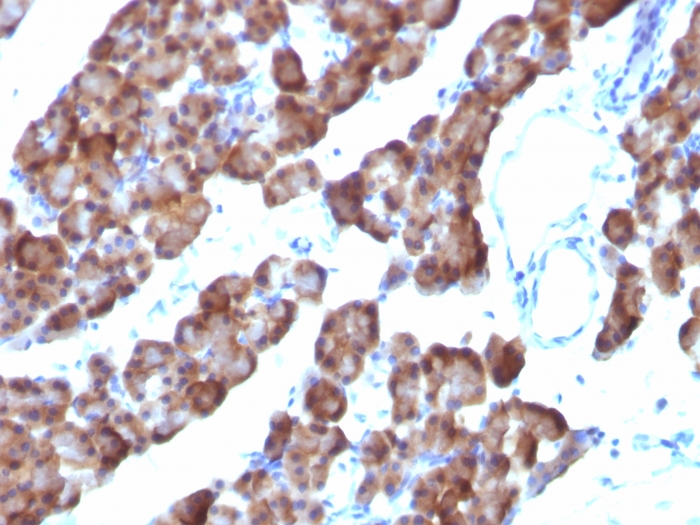
Formalin-fixed, paraffin-embedded Rat Pancreas stained with ODC1 Mouse Monoclonal Antibody (ODC1/485).
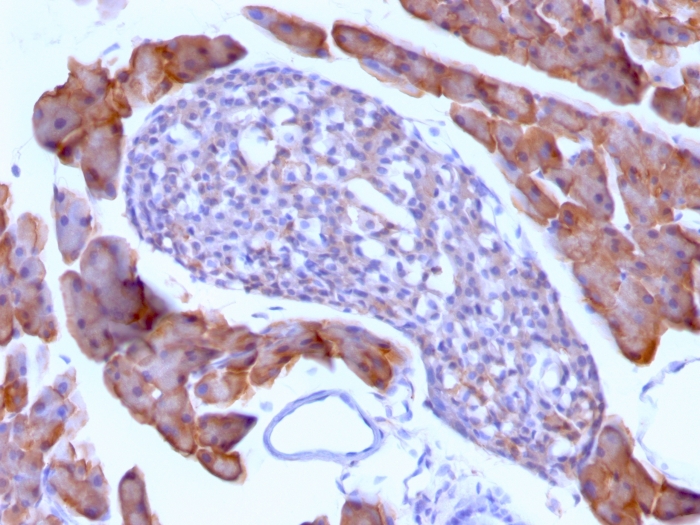
Formalin-fixed, paraffin-embedded Mouse Pancreas stained with ODC1 Mouse Monoclonal Antibody (ODC1/485).
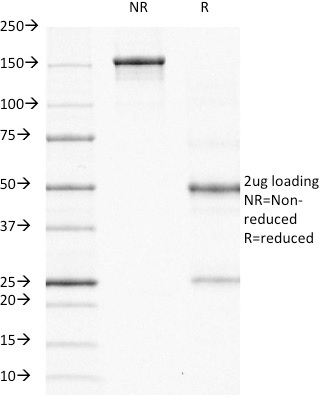
SDS-PAGE Analysis Purified ODC-1 Mouse Monoclonal Antibody (ODC1/485). Confirmation of Purity and Integrity of Antibody.
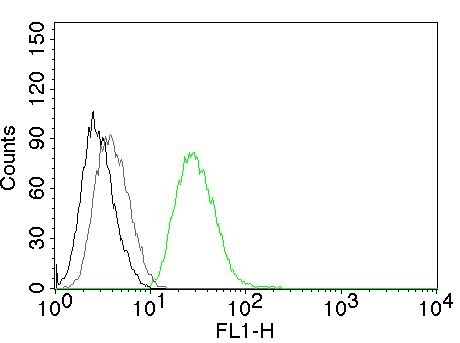
Flow Cytometric Analysis of human ODC-1 in PC3 cells. Black: cells alone; Grey: Isotype Control; Green: AF488-labeled ODC-1 Mouse Monoclonal Antibody (ODC1/485).
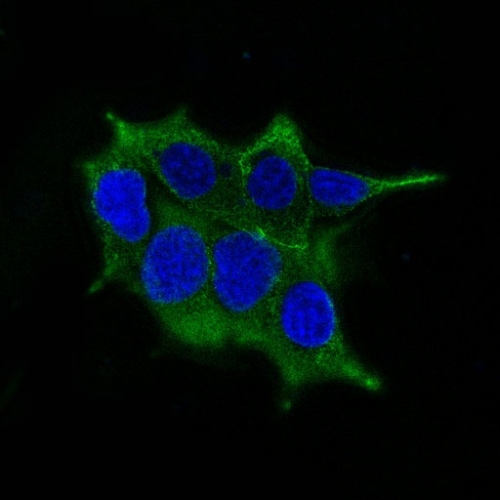
Confocal immunofluorescence image of LNCaP cells using AF488 labeled ODC-1 Mouse Monoclonal Antibody (ODC1/485) (Green). Nuclei are counter stained with DAPI (Blue).
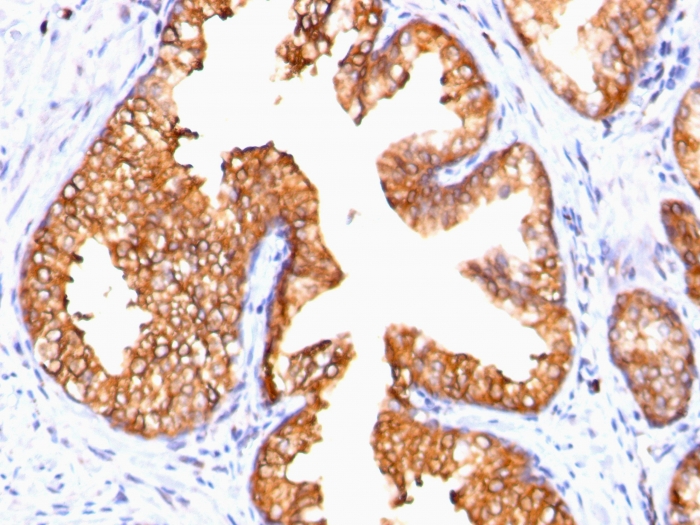
Formalin-fixed, paraffin-embedded human Prostate Carcinoma stained with ODC-1 Mouse Monoclonal Antibody (ODC1/485).
Recognizes a 53kDa protein, identified as the Ornithine Decarboxylase (ODC-1). ODC is the initial and rate-limiting enzyme in the biosynthetic pathway of polyamines and is involved in the conversion of ornithine to putrescine. The biological activity of ODC-1 is rapidly induced in response to virtually all agents known to promote cell proliferation including hormones, drugs, growth factors, mitogens, and tumor promoters. Reportedly, ODC mRNA levels are elevated in lung carcinomas as well as in colon adenomas and carcinomas. ODC activity in colorectal carcinomas is greater than those in adenomas and normal mucosa.
There are no reviews yet.